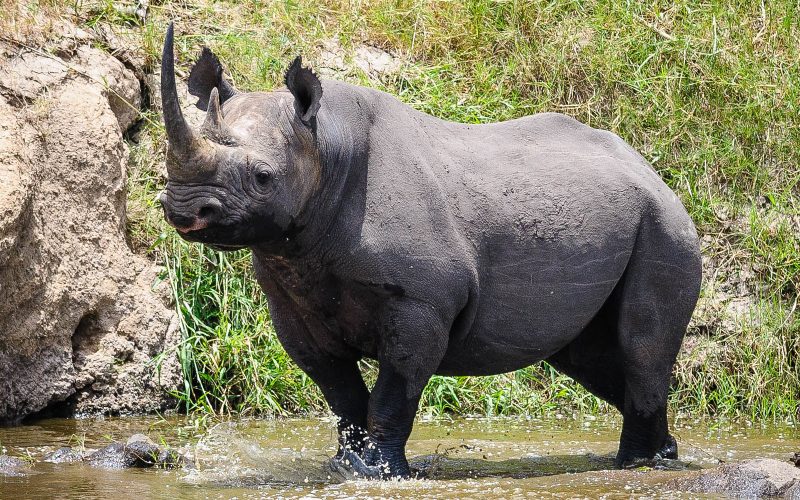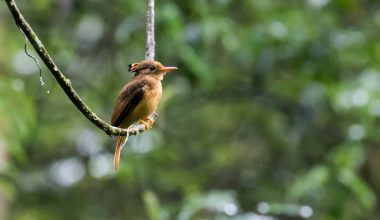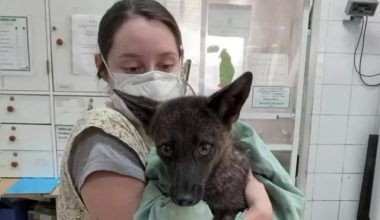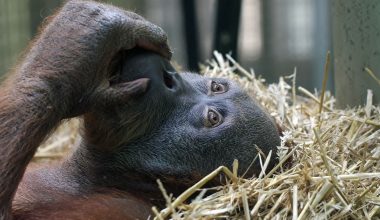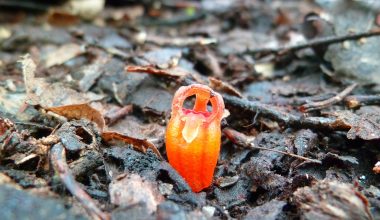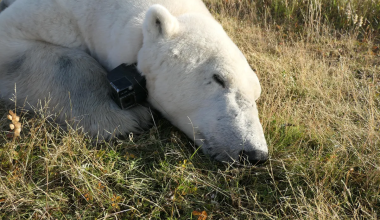Scientists say the shift, caused by humans, could signal major changes in the world’s ecosystems. Over the next century, several large land mammals and birds could face extinction, threatening biodiversity, a new study found.
While the team of scientists at the University of Southampton in England that conducted the research said smaller animals — which are more adaptable — will thrive, animals like rhinos, hippos, gorillas, giraffes, and caribou are likely to be affected. Dwarf gerbils and white-browed sparrow-weavers are among the smaller rodent and songbird species that are expected to thrive, according to the researchers. But large birds such as eagles, condors, and vultures are also expected to suffer — and humans are to blame.
“By far the biggest threat to birds and mammals is humankind,” Robert Cooke, lead researcher of the study, said.
The study evaluated 15,484 species of birds and land mammals on body mass, diet, number of offspring, breadth of habitat, and generation length, according to a statement. Simulations used in the study showed that the average body mass of mammals will fall an estimated 25% in the next 100 years. The finding is worrying to scientists because it signals a more rapid decline than has previously been recorded; over the span of the last 130,000 years, the drop in average mammal body mass was just 14%.
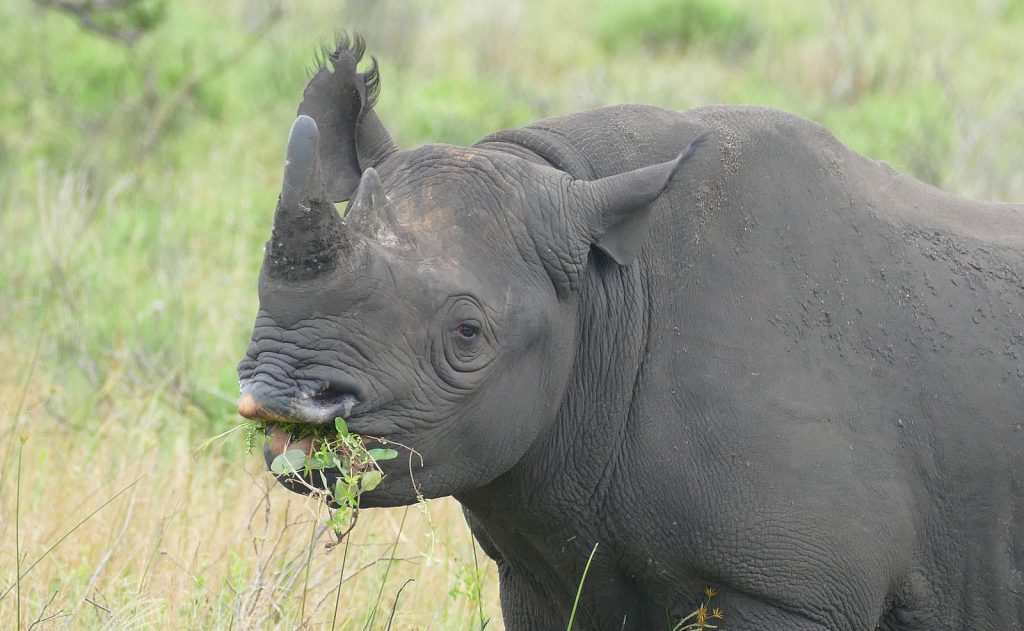
Image Source: Wikimedia
The “downsizing” of such animals — as the scientists refer to the phenomenon — is due to habitat destruction caused primarily by the effect of climate change and human activities like deforestation, hunting, agriculture, and urbanization.
The problem is not exclusive to birds and mammals. William Ripple, a professor of ecology at Oregon State University in Corvallis, said scientists are finding that amphibians, reptiles, and fish will also be affected.
Because of the effect of human encroachment and overexploitation of natural habitats, extinction may be imminent for many species; however, it is likely to happen sooner for larger species that are less adaptable to environmental changes, like the black rhino and tawny eagle.
“We have demonstrated that the projected loss of mammals and birds will not be ecologically random — rather a selective process where certain creatures will be filtered out, depending on their traits and vulnerability to ecological change,” said Felix Eigenbrod, professor at the University of Southampton and co-author of the report.
The loss of these animals, which play important roles in their respective ecosystems, is also expected to impact other less vulnerable species with which they naturally interact. “It’s important for us not just to think about the extinctions by themselves, but we should start thinking about the niches that these species have and their interactions with other species,” Ripple said. “And especially the ecological services that they provide to humans.” However, experts emphasize that this bleak outcome is still avoidable. Decisive action combatting the causes contributing to climate change and other environmental stressors can prevent the extinction of these organisms.
“Extinctions were previously viewed as tragic, deterministic inevitabilities, but they can also be seen as opportunities for targeted conservation actions,” said Amanda Bates, research chair at Memorial University in Canada.
Legislators need to pass laws to protect threatened species, Ripple said, but that can only happen with the help of the general public. In addition to calling on lawmakers to enact legislation, everyday actions such as biking or walking instead of driving, eating less meat, and recycling plastics can help protect the environment and, subsequently, the animals and humans who depend on it. “These extinctions haven’t happened yet,” Cooke said. “They can still be stopped. It’s not a done deal.”
Feature image: Scott
